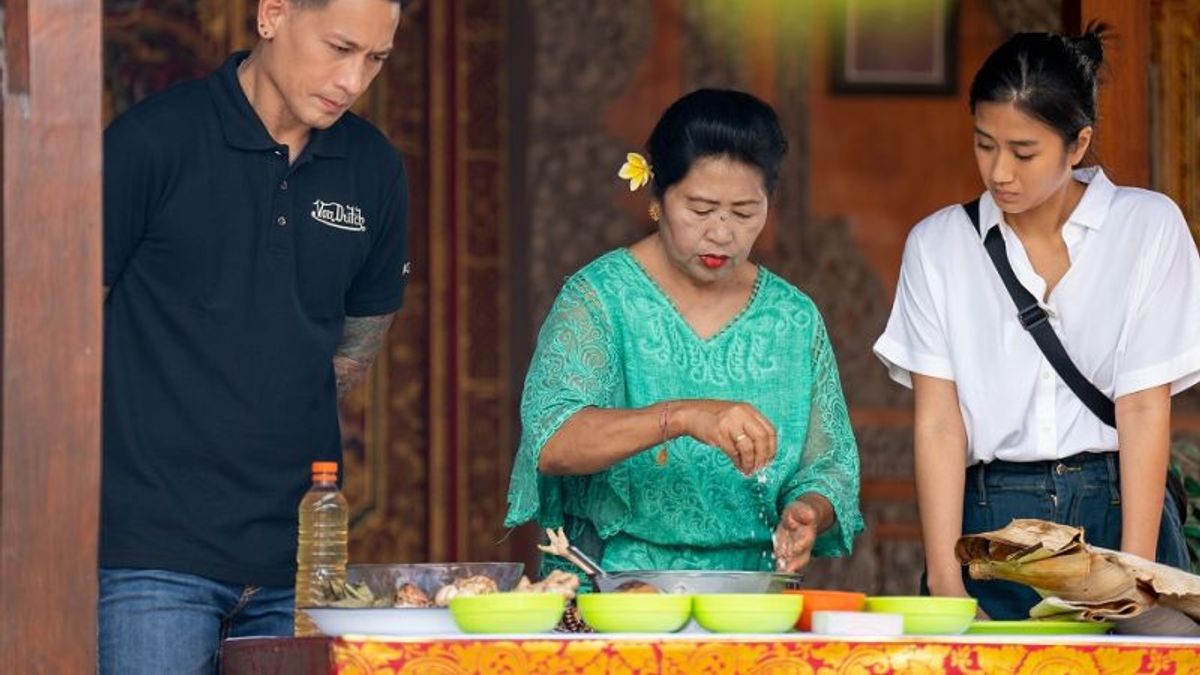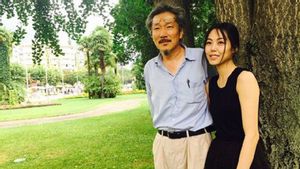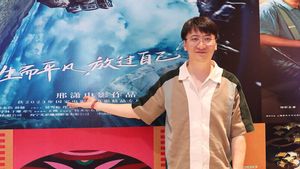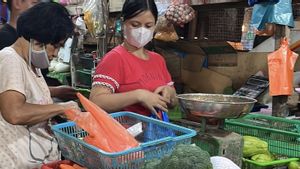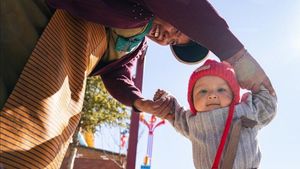JAKARTA - Chef Juna Rorimpandey and Renatta Moeloek showed their skills in the culinary world by guiding and becoming co-producers of the Kisarasa documentary series: Recognize the Story Behind Feelings. The series, which consists of 8 30-minute episodes, explores the other side of the legendary culinary arts in the country.
All episodes can be watched for free on the Kisarasa YouTube channel. The first episode brought the audience to see the culinary story of a duck betutu with Mrs. Rai the famous restaurant owner of Betutu Ibu Rai in Denpasar City, Bali.
The documentary series can actually be a medium to remind people. Unfortunately, this genre is still not very popular. In fact, documentaries have a high degree of reality and accuracy," said director Kisarasa Cianicolay of Jade Fifty Production.
Kisarasa does not only want to explain about cooking, cooking and traditional spices. Through this series, they want to share and remind the story behind the legendary Indonesian culinary and at the same time raise the image of the documentary genre.
Juna said it is important to know more about the history of a food so that we can appreciate the existence of these foods more.
Every dish has a story to tell. Kisarasa presents a variety of traditional Indonesian culinary stories with one common thread, namely traditional culinary can be legendary and remain relevant in the midst of times because there are local heroes who try to preserve them," said Juna.
The heroes are owners of local depots and restaurants. Kisarasa invites the audience to take a closer look at this aspect so that when someone enjoys domestic culinary, they can better appreciate the existence of culinary and their community so that a certain pride is created, he continued.
Chef Renatta added that he was always interested in the origin of the food he enjoyed.
"To present a plate of Yogyakarta typical brongkos requires a slick collaboration ranging from local cattle breeders, kluwek collectors, to cooks. Kisarasa is a documentary series that tells how many hands are involved in the process of selecting raw materials to become dishes enjoyed by many people," he said.
The English, Chinese, Japanese, Arabic, and French versions are automatically generated by the AI. So there may still be inaccuracies in translating, please always see Indonesian as our main language. (system supported by DigitalSiber.id)
